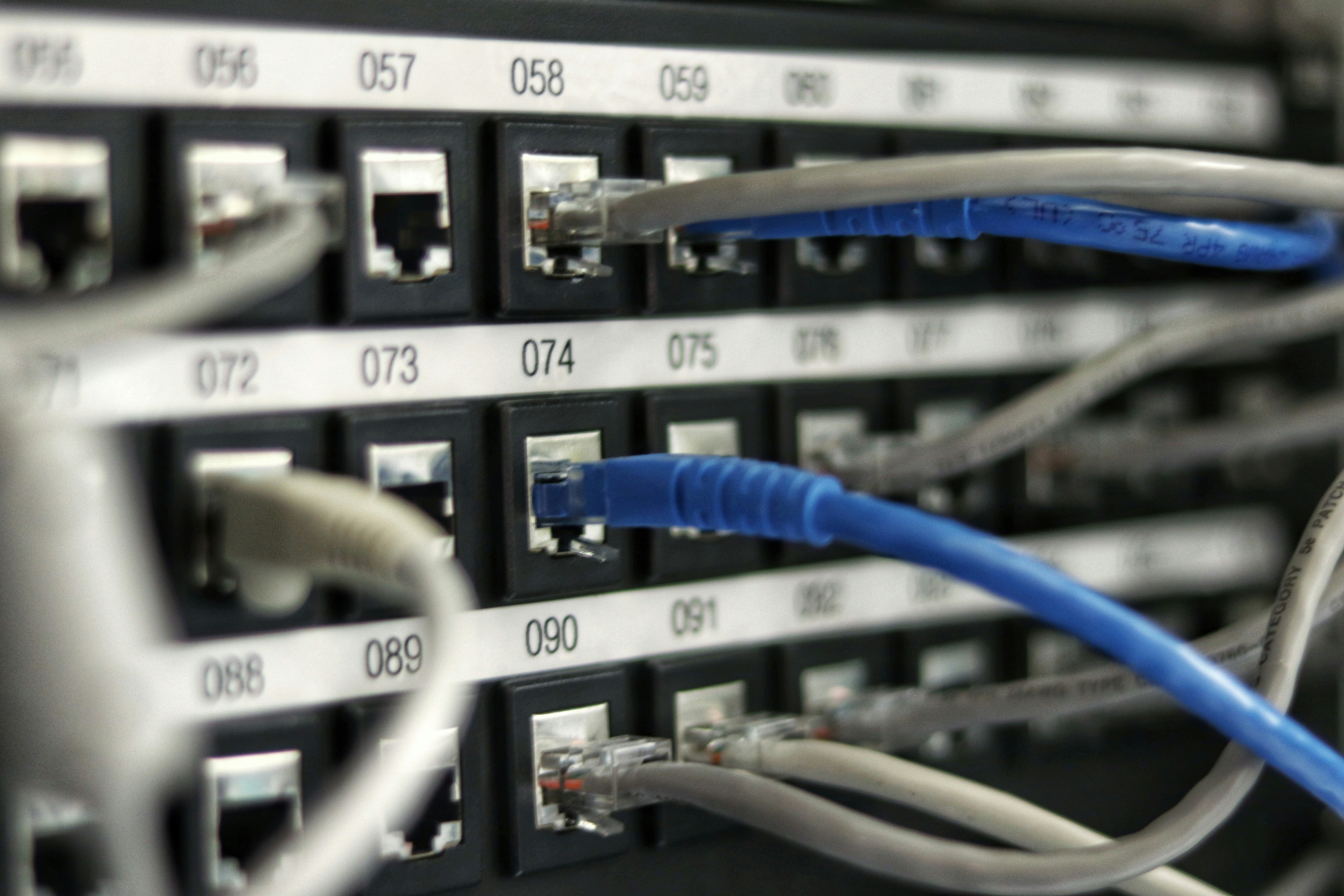Embarking on the journey of investing in your 20s is like setting sail on a vast ocean of financial opportunities. It’s a time when you have the luxury of time on your side, allowing your investments to grow and compound over the long – term. In this article, we’ll explore the key steps to start investing, focusing on insurance, investment, and retirement funds.
First and foremost, understanding the importance of insurance cannot be overstated. Insurance acts as a safety net, protecting you and your assets from unforeseen events. Health insurance is a must – have. In your 20s, you might feel invincible, but medical emergencies can strike at any time. A good health insurance policy can save you from crippling medical debts. For example, if you were to have a serious accident or develop a sudden illness, the cost of treatment could be astronomical without insurance.
Another type of insurance to consider is life insurance, especially if you have dependents or outstanding debts. Term life insurance is often a cost – effective option in your 20s. It provides coverage for a specific period, and if something were to happen to you during that time, your beneficiaries would receive a lump – sum payment. This can help your family pay off debts, cover living expenses, or fund future education.
Now, let’s move on to investment. One of the simplest and most accessible ways to start investing in your 20s is through a brokerage account. You can invest in stocks, bonds, or exchange – traded funds (ETFs). Stocks offer the potential for high returns over the long term, but they also come with higher volatility. Bonds, on the other hand, are generally more stable and provide a fixed income stream. ETFs are a great option as they offer diversification, which means you’re not putting all your eggs in one basket.
For instance, if you invest in an S&P 500 ETF, you’re essentially investing in 500 of the largest publicly – traded companies in the United States. This diversification helps reduce the risk associated with investing in a single stock. When starting out, it’s important to do your research. Read financial news, follow market trends, and understand the companies or funds you’re investing in. You can also consider using robo – advisors. These are automated investment platforms that use algorithms to create and manage your investment portfolio based on your risk tolerance and financial goals.
Retirement funds are another crucial aspect of investing in your 20s. One of the most popular retirement savings vehicles is the 401(k) if your employer offers it. A 401(k) allows you to contribute a portion of your pre – tax income, which means you’re reducing your taxable income while saving for retirement. Many employers also offer a matching contribution, which is essentially free money. For example, if your employer matches 50% of your contributions up to 6% of your salary, and you earn $50,000 a year, contributing 6% ($3,000) would result in your employer adding an additional $1,500 to your 401(k) account.
If your employer doesn’t offer a 401(k), you can consider an Individual Retirement Account (IRA). There are two main types: Traditional IRA and Roth IRA. With a Traditional IRA, your contributions are tax – deductible, and you pay taxes when you withdraw the money in retirement. A Roth IRA, on the other hand, is funded with after – tax dollars, and qualified withdrawals in retirement are tax – free.
Starting to invest in your 20s also means developing good financial habits. Set a budget to ensure you have money available to invest. Cut down on unnecessary expenses, such as eating out too often or buying expensive gadgets. Automate your investments so that a portion of your paycheck goes directly into your investment accounts each month. This way, you’re consistently building your wealth over time.
In conclusion, investing in your 20s is a multi – faceted journey that involves insurance, investment, and retirement funds. By taking the time to understand these concepts and implementing a well – thought – out investment strategy, you’re setting yourself up for a financially secure future. Remember, the earlier you start, the more time your money has to grow, and the closer you’ll get to achieving your financial goals.
This Article Was Generated By AI.









